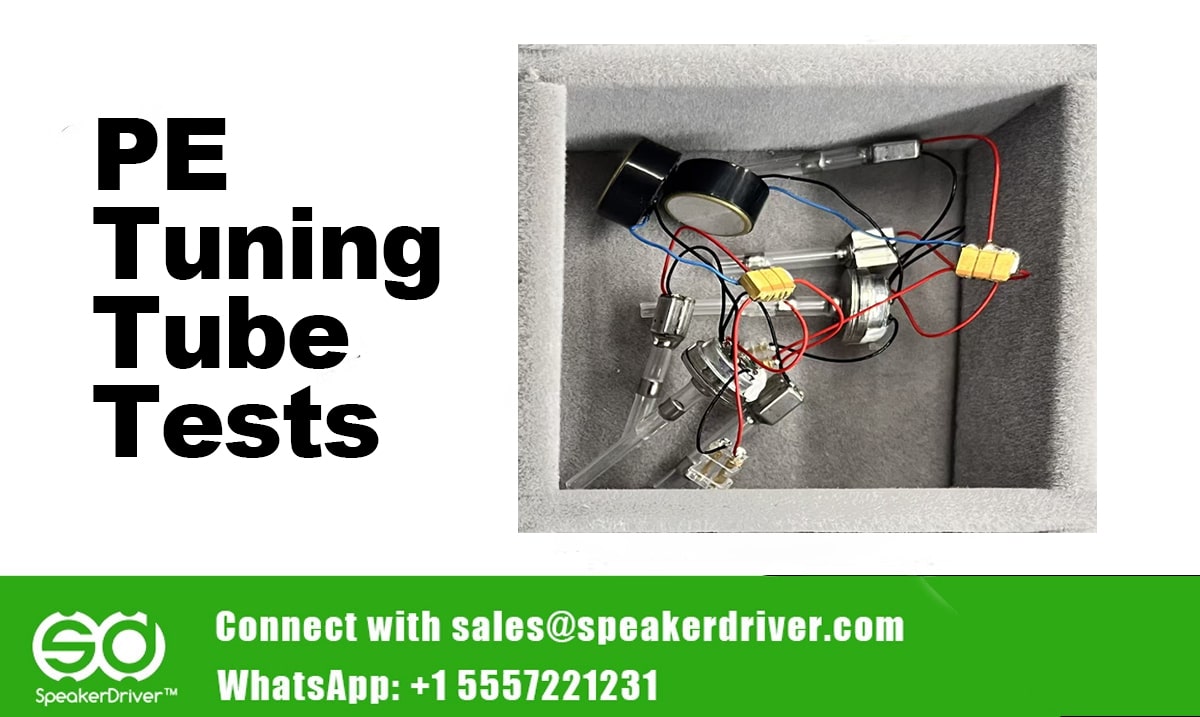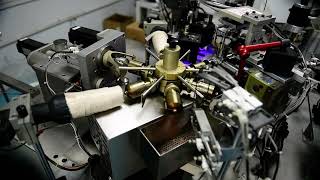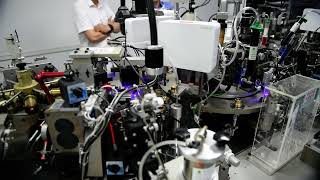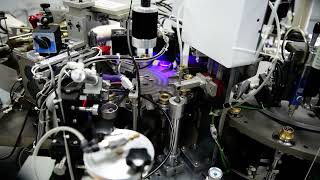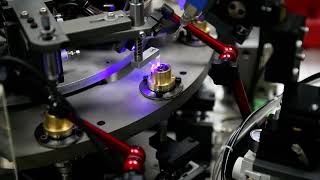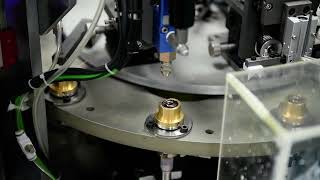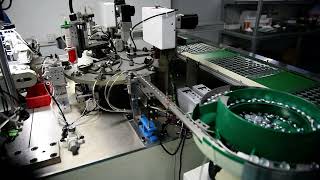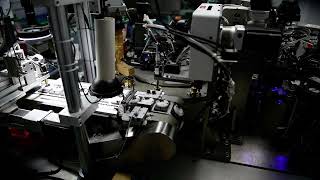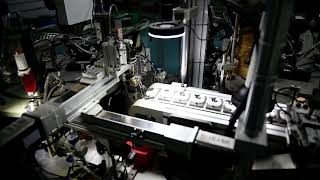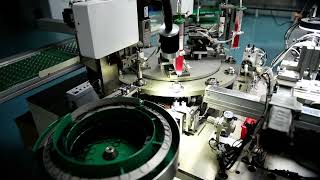What is PE Tuning Tube Tests in Sound Test
PE (Polyethylene) tuning tubes are precision components used inside custom in-ear monitors to fine-tune acoustic pathways. These tubes influence the way sound travels from the driver to the ear canal, shaping the overall tonal balance, clarity, and frequency response. During sound testing, PE tuning tubes play a crucial role in customizing the output to match the desired audio profile, such as boosting treble, controlling bass, or enhancing midrange transparency.
Purpose of PE Tuning Tube in Sound Tests
- Alters the resonance and pressure in the sound chamber
- Tailors frequency response for specific use cases (e.g., vocals, instruments, mixing)
- Reduces distortion and improves overall tuning accuracy
- Provides custom tuning profiles per user or model requirements
How It's Tested
During sound testing, different PE tube lengths, diameters, and materials are tried to achieve the optimal balance. Engineers use precision equipment like IEC couplers, frequency sweep analyzers, and real-ear simulators to measure SPL, phase, and distortion levels. The tuning tube directly impacts how frequencies are delivered across the spectrum, especially the upper mids and treble clarity.
Here is an example of a PE tuning tube test setup:
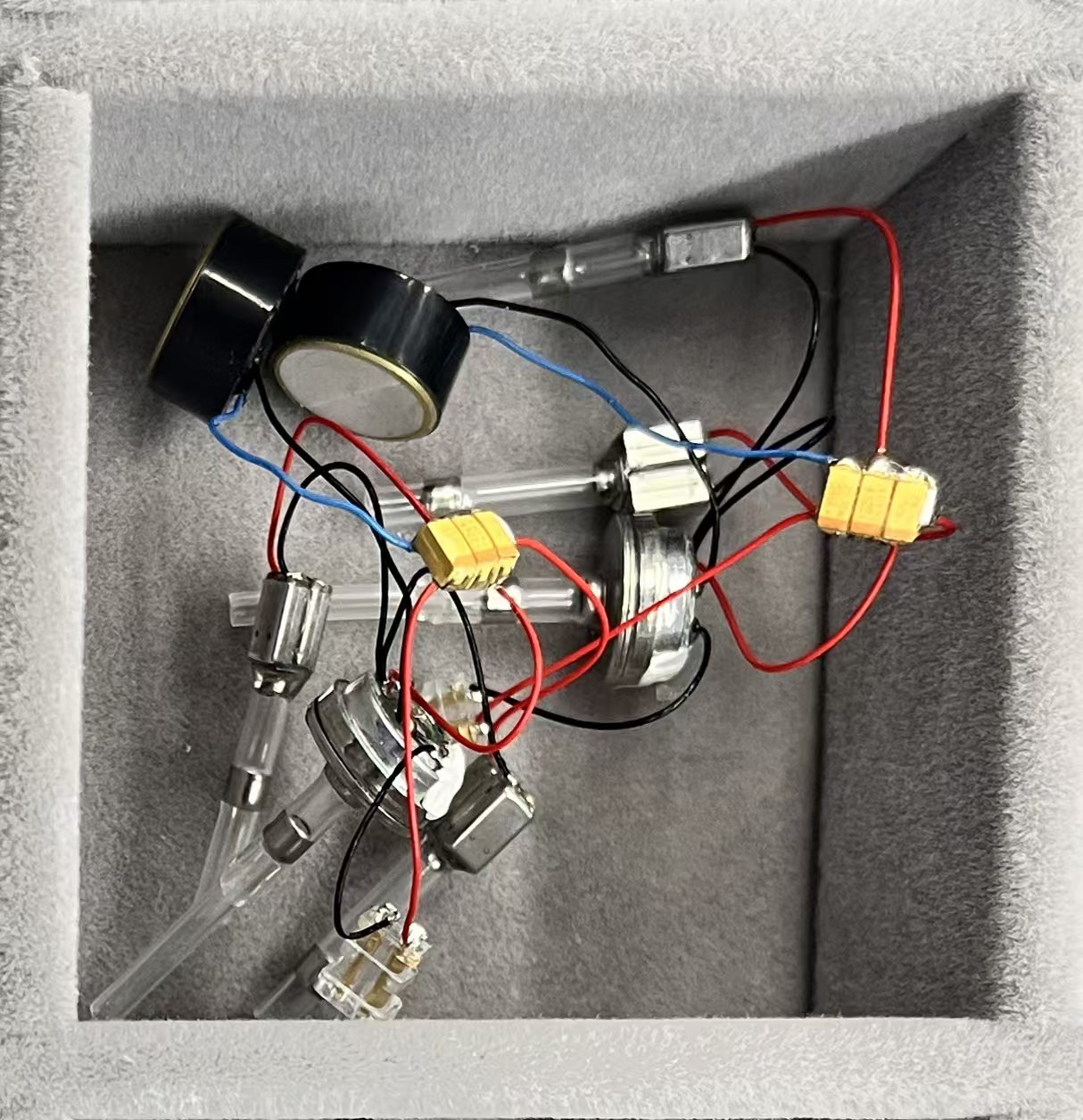
Benefits of PE Tuning Tubes
- Enhanced sound customization per earphone model
- Reduced manufacturing variance in sound tuning
- Lightweight, reliable, and acoustically neutral
- Compatible with hybrid, BA, and dynamic driver setups
Conclusion
PE tuning tubes are a core component in high-fidelity in-ear monitors. Their role during sound testing ensures accurate and consistent acoustic output tailored to professional or personal preferences. This micro-engineered element helps transform a basic driver into a refined listening instrument.
